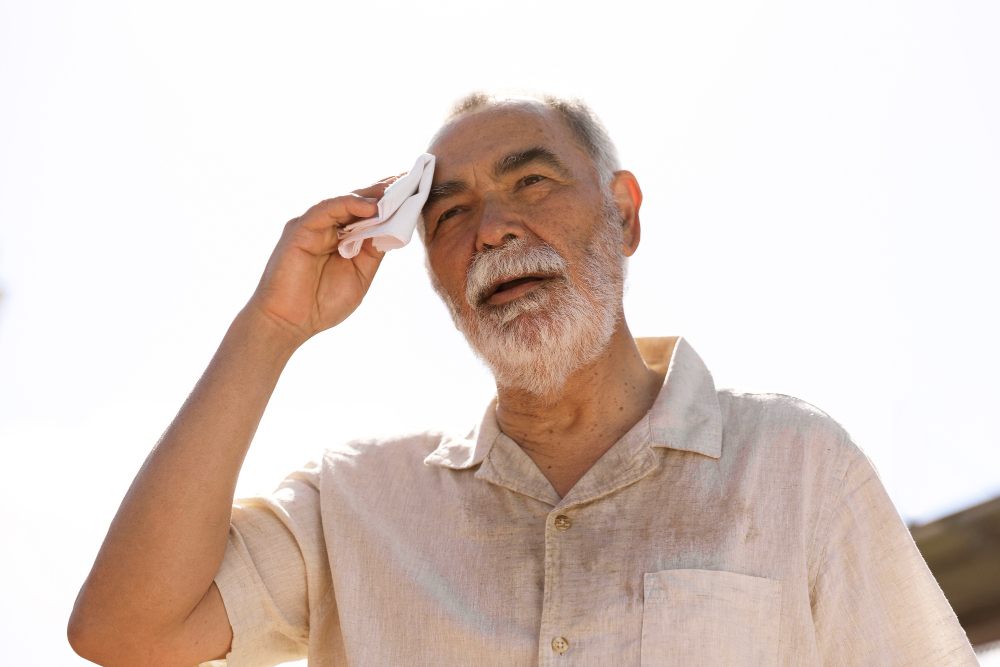Miami is known for its clear skies and sunny weather during the summer which causes heat stroke. Yet, this translates into hot days with high Ultraviolet (UV) indexes. During the summer months of June, July, and August, Miami temperatures can reach an average high of 87 degrees Fahrenheit which can easily cause heat exhaustion and heat injuries.
Although it may be fun soaking in the sun, doing so for an extended period increases the chances of heat exhaustion, which is a heat sickness that is the result of being exposed to high temperatures and dehydration.
Common symptoms of heat exhaustion include muscle cramps, pale skin, extreme sweating, fainting, vomiting, dizziness, and headaches. It is advised to seek medical help if signs of heat exhaustion are worsening.
Without proper heat exhaustion treatment, the situation can lead to a heat stroke, which can cause damage to the body’s nerves and organs, and possibly result in death. To avoid such instances, there are many precautions for sunstroke that can be taken to keep yourself safe in heat stroke vs heat exhaustion:
STAYING HYDRATED
Drinking plenty of fluids throughout the day can help your body maintain a regular body temperature and produce sweat, which is used to cool your body. It is recommended to drink around 8 cups of water per day, however, that can vary depending on your lifestyle.
When going outside, bring a reusable water bottle with you to make sure you always have water on hand. Refill it often and replenish yourself when necessary to make yourself safe from heat sickness and heat injuries.
WEARING APPROPRIATE CLOTHING
Make sure to wear loose-fitting clothing that is appropriate for the heat. Tight clothes can prevent your body from cooling itself properly. It is suggested to wear shorts and short-sleeved shirts during the summer to allow airflow around your arms and legs.
Additionally, wearing light colors causes your clothes to absorb less heat, as opposed to wearing dark-colored items. Accessories like hats and sunglasses are recommended, as they can add coverage from the sun for your head, neck, ears, and eyes from sunstroke.
AVOIDING TIMES OF EXTREME HEAT
After noon, the heat emitted by the sun continues to be absorbed. Usually in Miami, the hottest times of the day as a result of this phenomenon are 12 pm-3 pm. Therefore, if possible, try to avoid doing any extreme physical exertions outside during this period.
Especially for those that are more susceptible to heat exhaustion, such as the elderly, young children, and those with high blood pressure, it is best to stay indoors during these hours to prevent themselves from heat-related illness.
APPLYING SUNSCREEN
When you apply sunscreen, you are lowering your exposure to UV rays. Doing so allows your body to cool itself more easily. It is recommended to use sunscreen that has an SPF of at least 30. For consistent protection, reapply after every two hours, or more often if you are sweating or swimming.
If you find yourself in need of more helpful tips involving heat exhaustion or heat stroke and other resources helpful to Miami-Dade residents, helpingmiami.com is your place.

